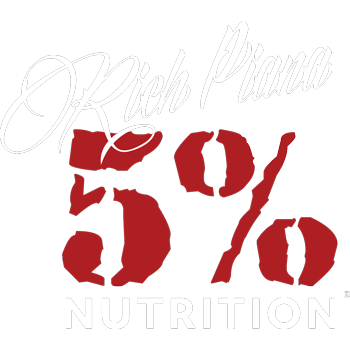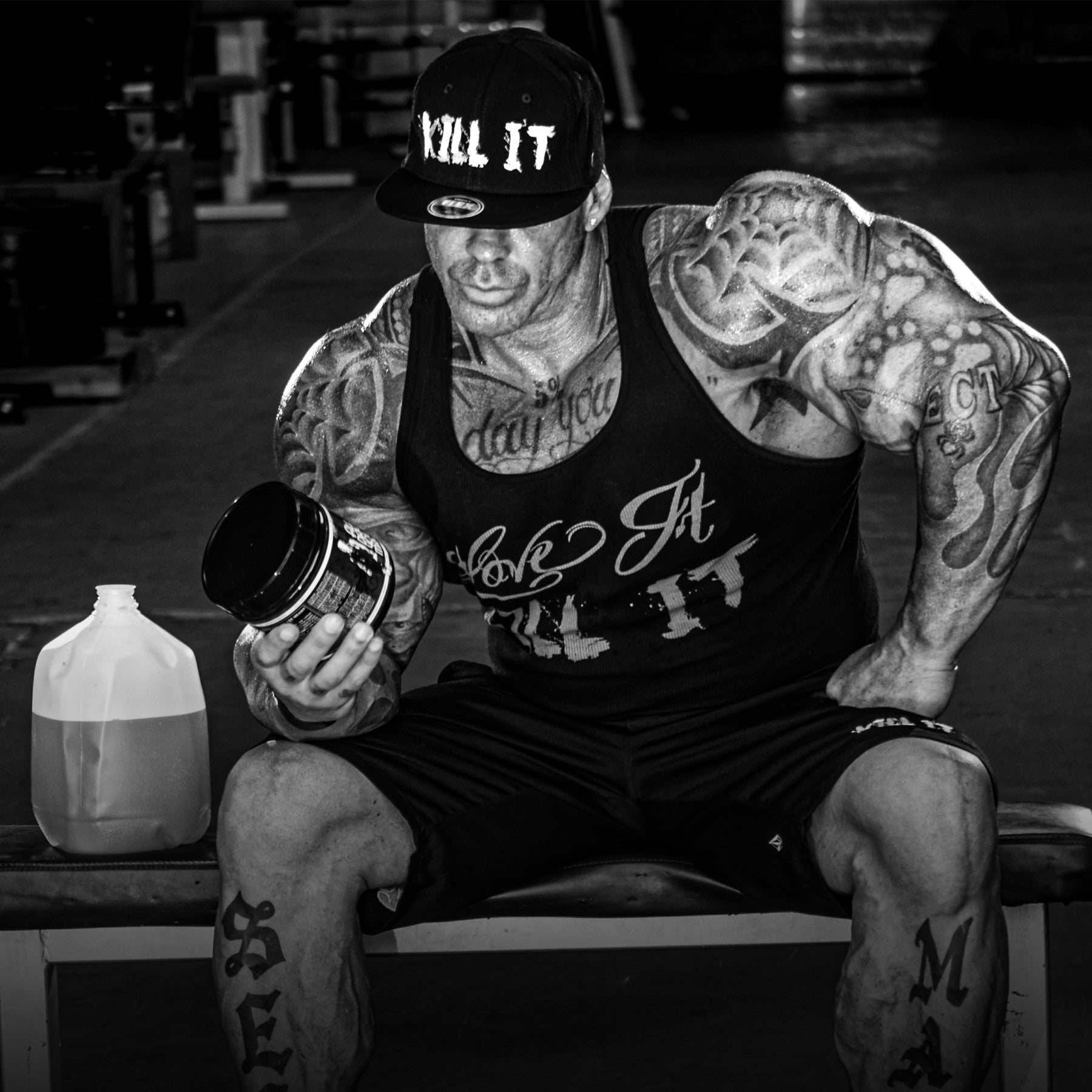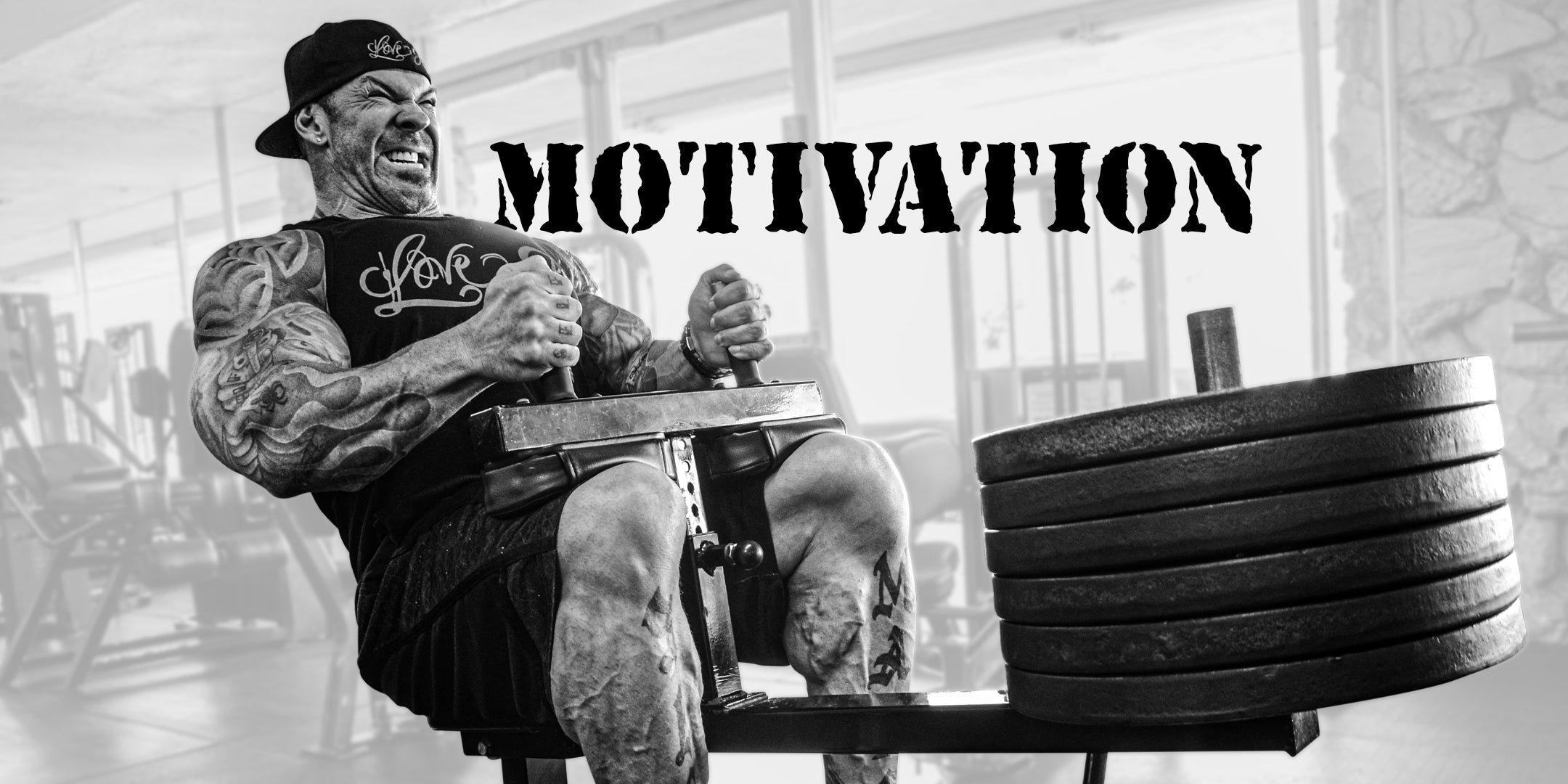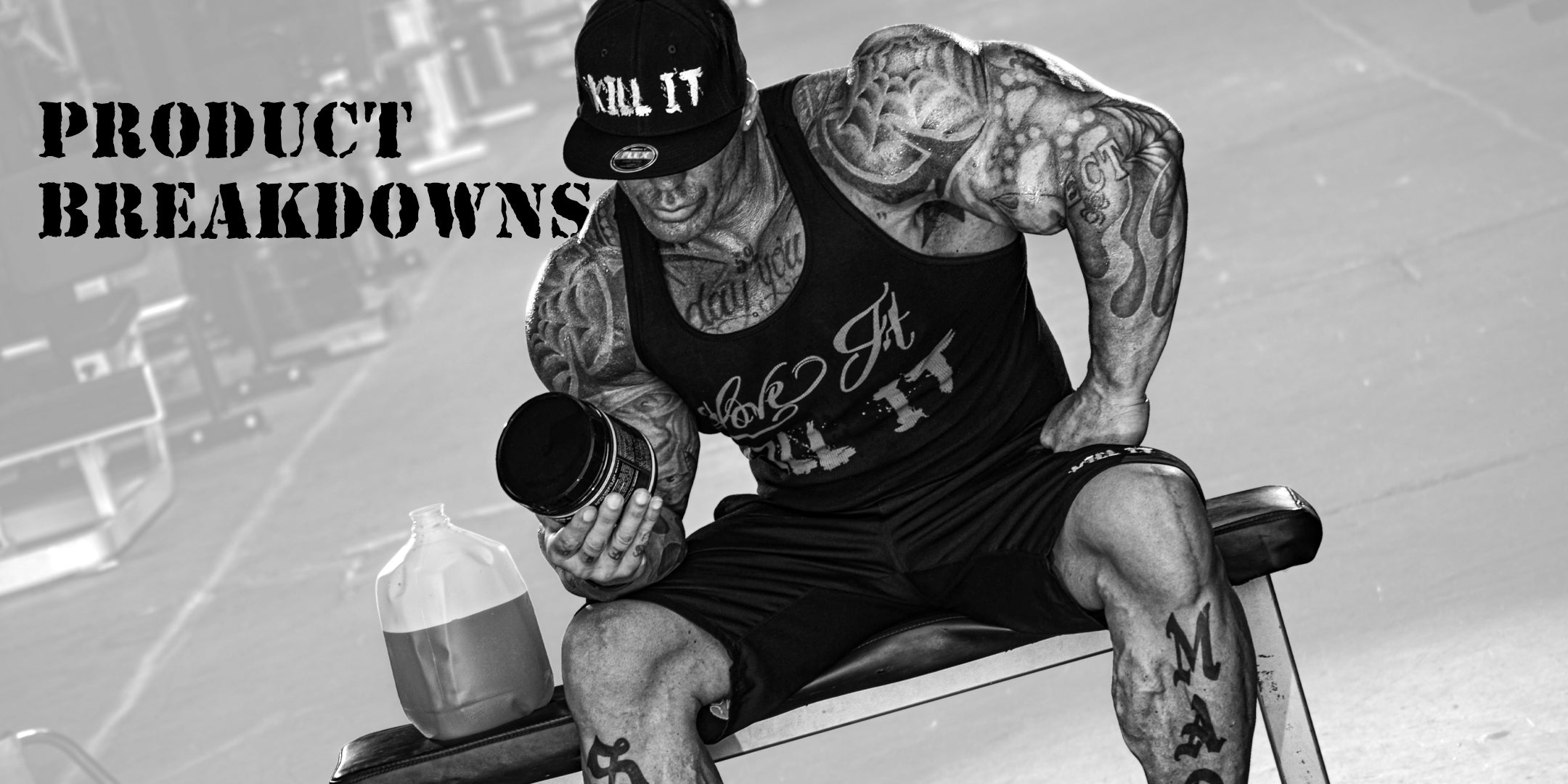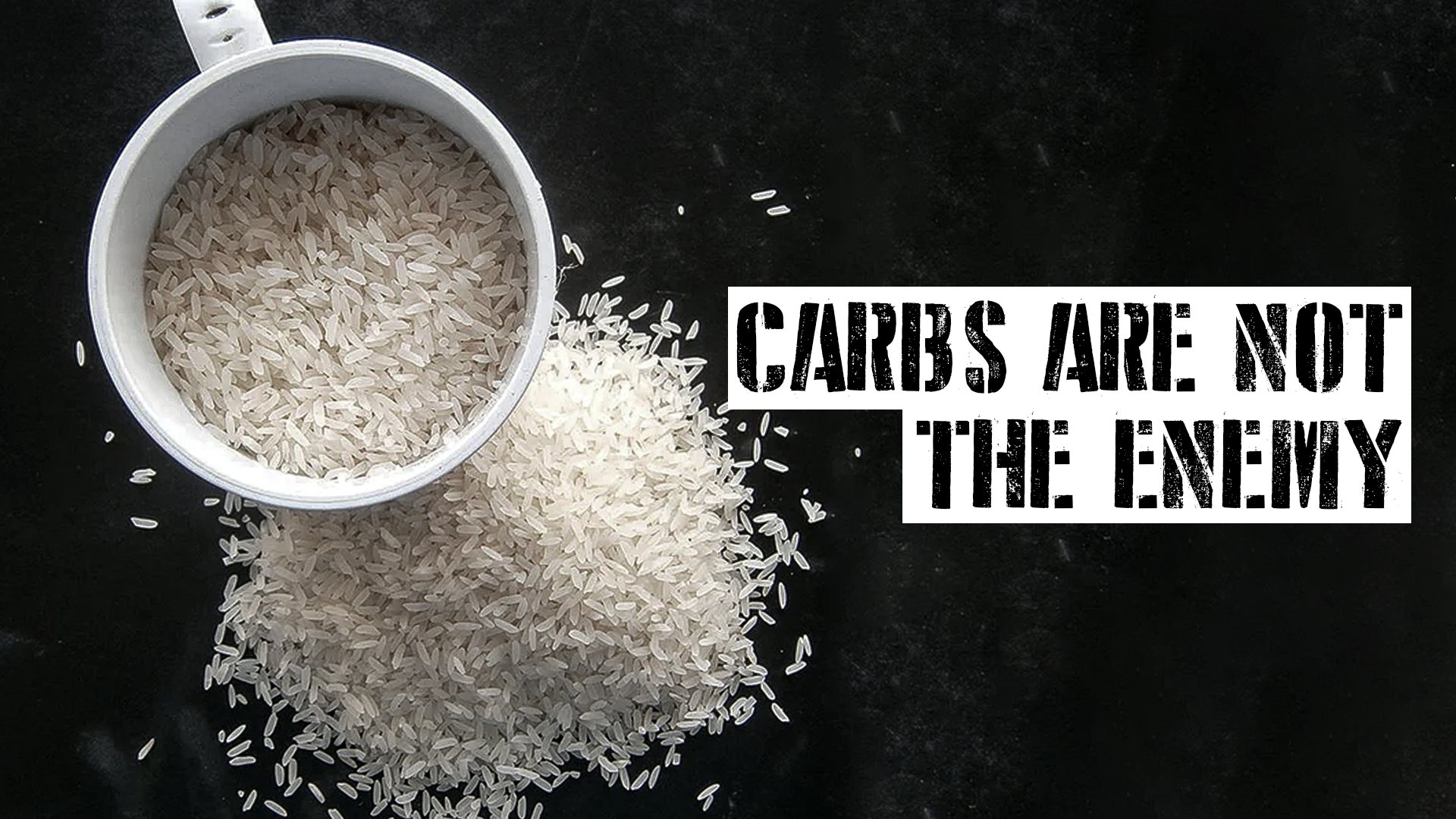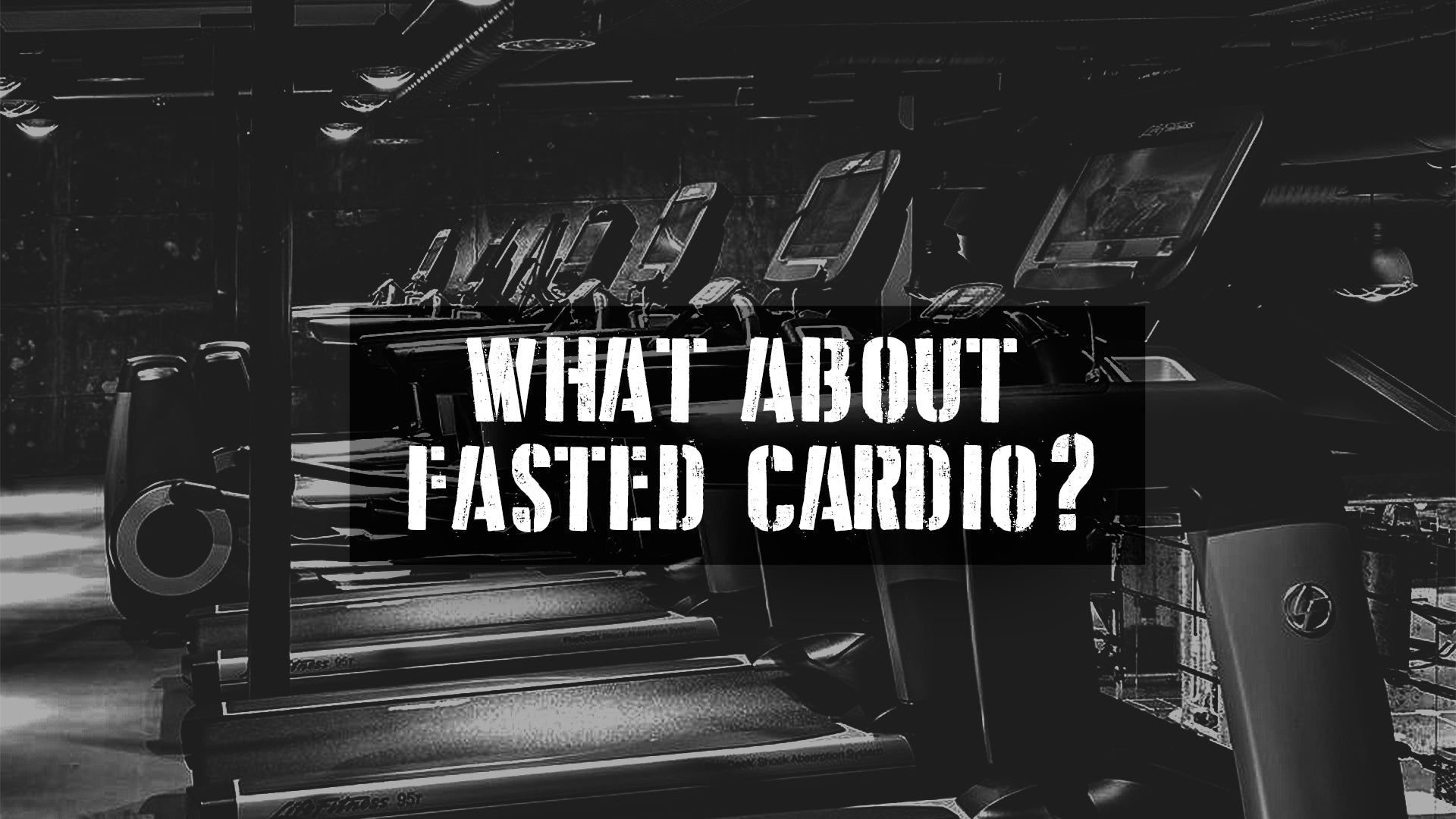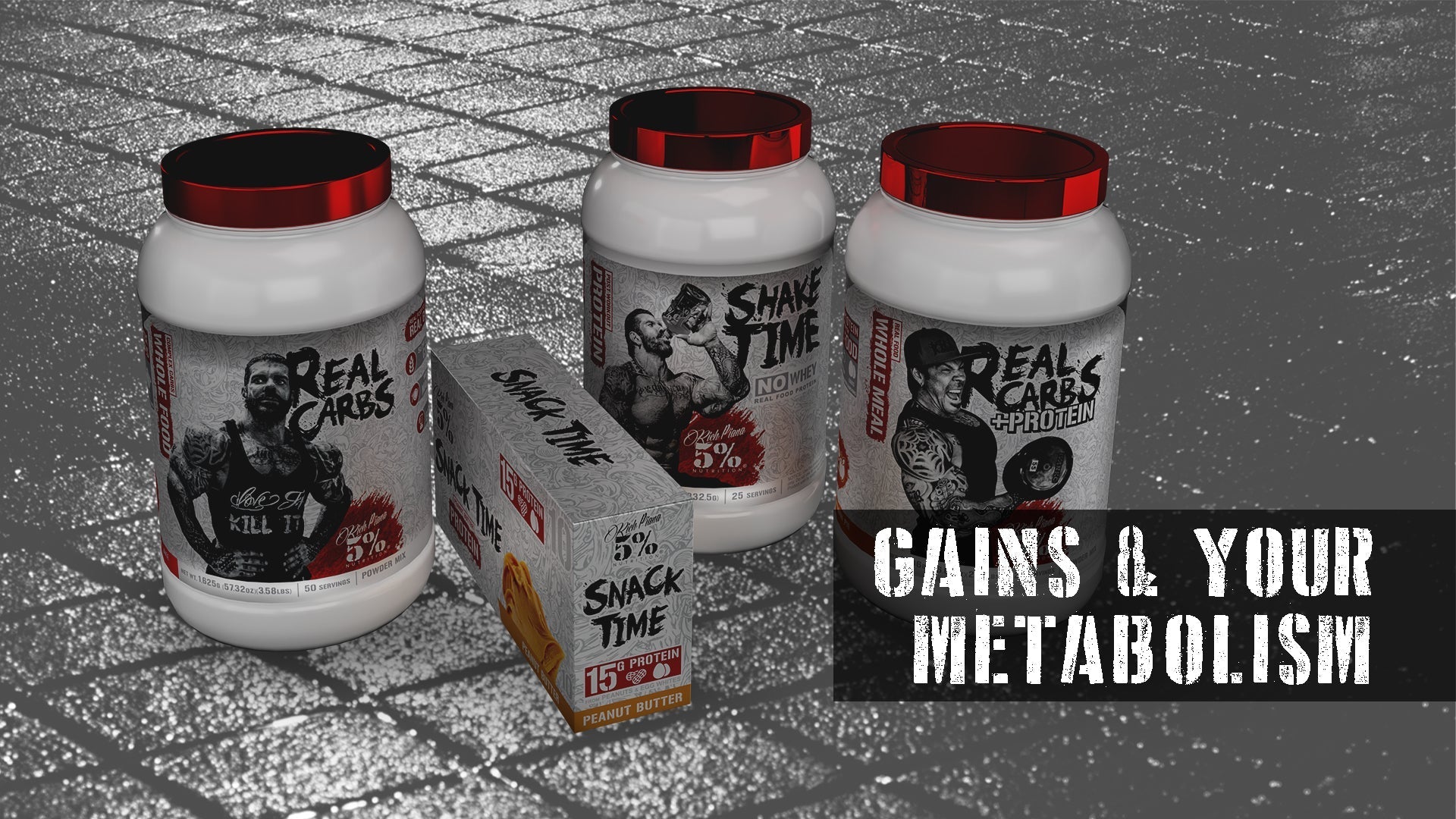Can fat really turn into muscle? In this article, we answer this question and break down the differences between muscle and fat. We’ll also cover the steps you need to follow in order to lose fat and build muscle.
The Difference Between Fat & Muscle
The idea of turning fat into muscle is a popular myth, but the answer is, it’s impossible. Why? Simple. Fat and muscle are two different types of tissues. One type of tissue cannot magically turn into another type of tissue.
What Is Muscle?
The body contains three types of muscle tissue: skeletal muscle, cardiac muscle, and smooth muscle. Skeletal muscles are the muscles we train when we work out. Muscle cells, or fibers, are designed to contract. They allow for any movement that you can consciously control. It’s for this reason skeletal muscles are also called voluntary muscles. Since they are responsible for movement, they burn calories for energy.
Now, let's look take a brief look at some of the major components that make up a muscle fiber:
Actin and Myosin - These are contractile proteins involved in muscle contractions. Actin and myosin also give skeletal muscle its striated appearance.
Myofibril - The myofibrils are long cylindrical structures that run the length of and lie parallel to muscle fibers. A single muscle fiber can contain hundreds or even thousands of myofibrils. The entire muscle fiber is covered in a special cell membrane called sarcolemma. Myofibrils attach to the sarcolemma at their ends. As myofibrils shorten, the entire muscle fiber contracts.
Mitochondria - Known as the “powerhouse of the cell, mitochondria are packed throughout muscle fibers to provide a constant source of ATP to power contractions.
Sarcoplasm - Sarcoplasm is the cytoplasm, or intercellular fluid, that saturates muscle fibers in ATP and other compounds. (1, 2)
What is Fat?
At one time, it was thought that fat, or adipose tissue, was inactive tissue. We now know that fat plays a role in the Endocrine System and helps control metabolism. Also, fat insulates internal organs, and it’s a source of energy. Plus, fat plays a role in hormone function, such as testosterone. Finally, it helps control hunger. (3)
As you can see, fat and muscle are two different types of tissue. You can’t turn one into the other, but you can gain muscle and lose fat. This act of body recomposition creates the illusion of fat turning into muscle, which is where the myth came from.
A Look At Body Recomposition
Here’s a look at the steps you need to follow if you want to change the composition of your physique.
- Restrict Calories - Fat loss requires eating fewer calories. If you want to burn fat, you have to eat less, period. Begin by reducing sugary carbohydrates.
- Eat Enough Protein - Even though you’re cutting calories, you have to be sure you’re eating to support muscle growth. That means high-quality protein. (4)
- Be More Active - This can be anything from brisk walks to all-out HIIT cardio. You lose fat by eating less and by being more active.
- Hit Those Weights - Build muscle by using a routine of compound exercises first, followed by isolation exercises. Focus on good exercise form, rep performance, and progression.
Don’t Forget 5% Nutrition Supplements!
Here’s a great Lose Fat Gain Muscle Stack:
Protein - 5% offers a range of protein supplements. Drink it, squeeze it, or bake it with Shake Time, Snack Time, or Egg White Crystals.
Pre-Workout - Get the most out of your training sessions with your choice of 5% pre-workouts.You can go with Kill It, Kill It Reloaded, or 5150. Add Full As F*ck for out-of-this-world pumps!
Aminos - Stimulate protein synthesis with All Day You May, the ultimate amino formula!
Weight Loss - Need a fat burner? You’ve come to the right place! Get started with Shred Time and ADYM Shred.
Recap
No, you can’t turn fat into muscle - it’s another busted myth! Still, you can gain muscle and lose fat at the same time. It all comes down to how you eat, how you train, and the right 5% Nutrition supplements!
References:
- (blank)
- Muscle Cell (Myocyte): Definition, Function & Structure | Biology (biologydictionary.net)
- Adipose Tissue (Body Fat): Anatomy & Function (clevelandclinic.org)
- Tarnopolsky, M. A., MacDougall, J. D., & Atkinson, S. A. (1988, January). Influence of protein intake and training status on nitrogen balance and lean body mass. Retrieved from https://www.ncbi.nlm.nih.gov/pubmed/3356636
- Jackman, S. R., Witard, O. C., Philp, A., Wallis, G. A., Baar, K., & Tipton, K. D. (2017). Branched-Chain Amino Acid Ingestion Stimulates Muscle Myofibrillar Protein Synthesis following Resistance Exercise in Humans. Frontiers in physiology, 8, 390. https://doi.org/10.3389/fphys.2017.00390
- https://www.livescience.com/52802-what-is-a-calorie.html
- https://meshb.nlm.nih.gov/record/ui?name=Thermogenesis
